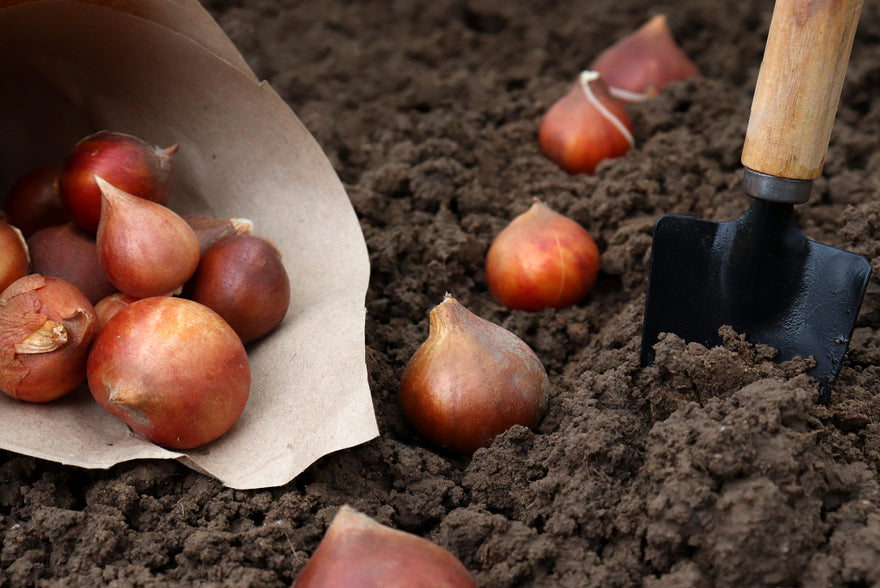
How many bulbs do I need? Flower bulbs per m2 guide
If you've ever marvelled at the richly coloured spring flower beds of Keukenhof or any other famous garden then you'll already know that bulbs look amazing planted en-masse—in fact, the more the merrier! These opulent displays don't happen by chance, they are carefully calculated for maximum impact.
Whether you're filling pots, entire flower beds or simply filling some gaps, estimating how many bulbs you need can feel like a minefield. Buy too many and some may go to waste, buy too few and your display might look sparse.
Gracy says:
"Working out just the right number of bulbs per square metre will make all the difference to both your garden and your budget."
Decide on a planting style
Bulb and plant spacing recommendations give a useful measurement of the distance to leave between each bulb to achieve a good looking display. They are only a rough guide, so you can safely put away your tape measure! In reality, the spacing between each bulb depends just as much upon the type of display that you want to achieve. If you prefer your bulbs in drifts or dotted between other plants, you can leave a wider spacing. If you want to create bold block of colour, you can usually plant them a little closer than recommended.
Naturalising bulbs in lawns and meadows:
A natural-looking display of perennial bulbs like crocuses, daffodils, winter aconites, camassias or snake's head fritillaries are best planted in irregular clumps leaving bigger gaps between each group. These will return year after year so it's worth giving them a little extra space to grow and multiply. Over time, these bulbs will naturalise and form swathes which look as though they have always been there.
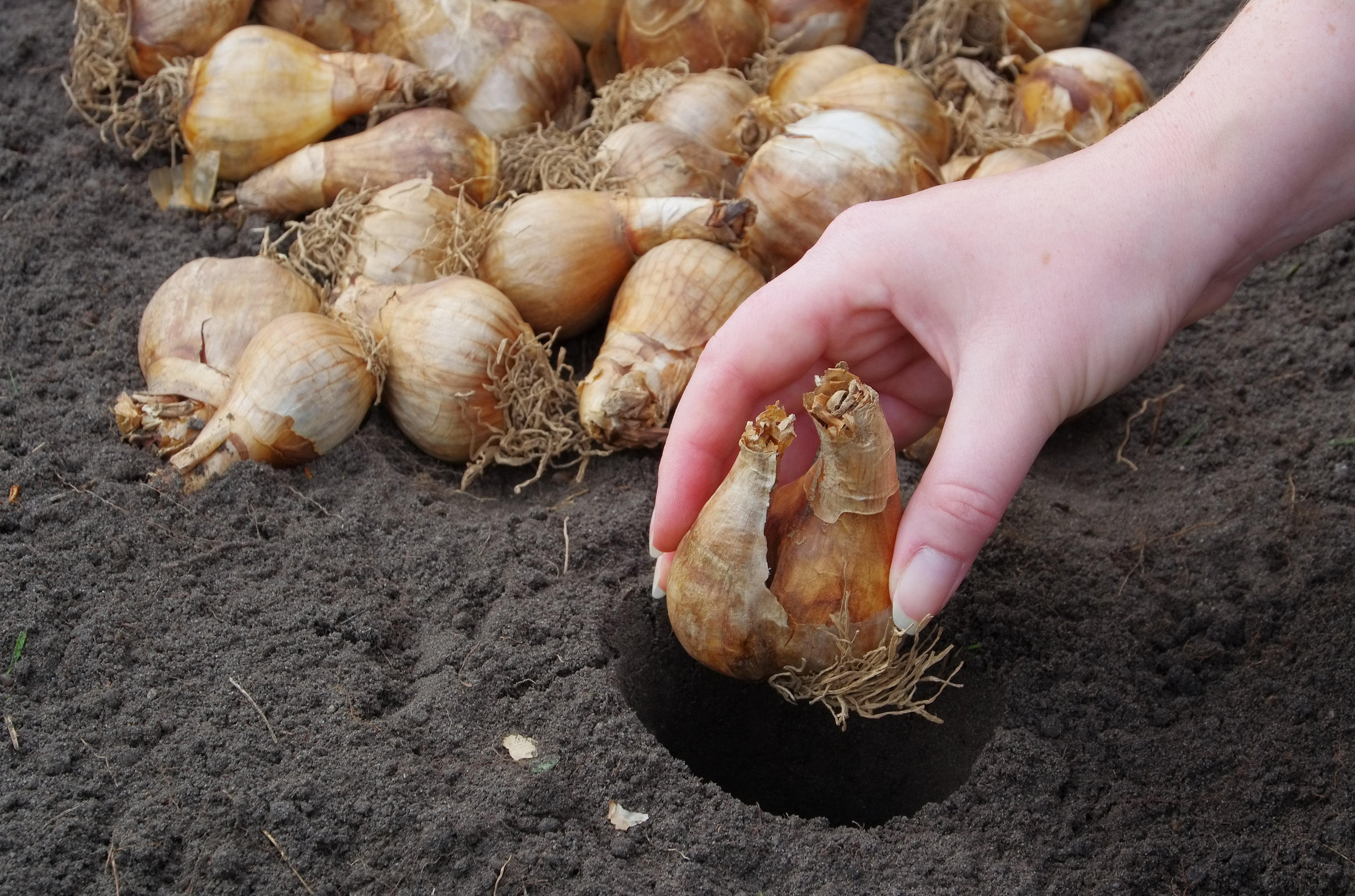
Informal garden borders:
Gentle drifts of bulbs or plants which merge into one another and flow across the border in complementary colours create a beautifully informal effect. To create this look, you can start by planting dense groups which spread out gradually into a wave or s-shaped drift, with wider and narrower areas, becoming more dissipated towards the end of the drift. At which point, you begin to merge in the next bulb or plant type to blend it into the neighbouring drift.
Bulbs for high impact:
Big statement varieties like Fritillaria imperialis, lilies and eremurus are tall and impressive and can do with a little more space between bulbs so they can spread out and enjoy their time in the spotlight. Even with a wider spacing, towering varieties like these will create high impact planting scheme. Smaller bulb varieties can also be planted in between.
Formal beds and borders:
In contrast, a formal display of bedding plants like tulips or hyacinths can be planted quite densely to create chunky blocks of colour. There's no need to leave much space between these bulbs as they are generally treated as annuals, so they won't need extra room to grow in future years.
Choosing plant combinations
A mass planting of one variety of tulip will look spectacular. Team them up with a variety that flowers simultaneously and you can create a gorgeous colour combination. Another way to pair plants is to choose varieties which flower slightly earlier or later, doing this will extend the season of interest in your borders and pots.

Choosing the right planting partner isn't just about colour and flowering time. It's necessary to think about their heights too. For example, a large bed of tulips looks lovely combined with lower growing grape hyacinths or hyacinths. If you were to plant dahlias in a border, it's also worth paying attention to their heights too. As some grow taller than others, you will want the taller varieties near the back of the border and shorter ones closer to the front so that they all get the attention that they deserve.
Where space is limited you can try a lasagne planting technique with larger bulbs planted beneath layers of smaller bulbs. This will create a relaxed, eclectic feel that really suits cottage garden borders, with new bulbs popping up as others fade. That also means you can grow more of what you love in the space you have available.
How many bulbs per square metre?
Now that you know what type of display you are aiming for, you can use the table below to estimate roughly how many bulbs per square metre you will need.
Measure the length of the space and multiply this by the width to find out roughly how many m2 you need to plant, e.g: 3m x 1.5m = 4.5m2. Next, find the bulb variety in the table below and multiply your total m2 by the number of bulbs recommended.
Below, we've provided a selection of varieties which are frequently planted en-masse, and the figure shows the amount required to create a solid block of colour. If you want less of a dense display, then you won't need quite so many.
When planting multiple species within the same area you will need to tweak the estimated number of bulbs to suit your needs, but you can use the recommendations below as a good starting point!
|
Bulb genus / variety |
Bulbs per m2 |
|
Allium → large-flowered varieties e.g. cristophii / 'Giganteum' / 'Gladiator' / schubertii |
25 |
|
Allium → medium-flowered varieties e.g. 'Ambassador' / atropurpureum / nevskianum / 'Purple Sensation' |
30 |
|
Allium → small-flowered varieties e.g. azureum / caesium / moly / neapolitanum / sphaerocephalon |
100 |
|
Anemone → coronaria / 'Mistral®' / 'Fullstar' / blanda |
90-120 |
|
Begonia |
16 |
|
Bellevalia |
120 |
|
Calla |
16 |
|
Camassia |
30 |
|
Canna |
9 |
|
Chionodoxa |
200 |
|
Colchicum |
50 |
|
Convallaria |
100 |
|
Corydalis |
50 |
|
Crocosmia |
120 |
|
Crocus |
150 |
|
Dahlia |
5-9 |
|
Dutch iris |
100 |
|
Eranthis hyemalis |
150 |
|
Eremurus |
9-16 |
|
Erythronium |
25 |
|
Freesia |
100 |
|
Fritillaria → acmopetala / elwesii / michailovskyi / meleagris |
100 |
|
Fritillaria persica |
16 |
|
Fritillaria imperialis |
16 |
|
Galanthus |
150 |
|
Gladiolus |
30 |
|
Hyacinthus → hyacinths |
50 |
|
Hyacinthoides → bluebells |
100 |
|
Ipheion |
100 |
|
Iris reticulata |
120 |
|
Leucojum |
90 |
|
Lilium → lilies |
9 |
|
Muscari → grape hyacinths |
150 |
|
Narcissus → daffodils |
60 |
|
Narcissus → dwarf / miniature varieties |
75 |
|
Nectaroscordum |
50 |
|
Ornithogalum |
75 |
|
Paeonia → peonies |
3 |
|
Puschkinia |
175 |
|
Ranunculus |
90 |
|
Scilla → mischtschenkoana / sibirica |
100 |
|
Scilla peruviana |
25 |
|
Sternbergia |
150 |
|
Tulipa → tulips |
60 |
|
Tulipa → botanical and dwarf varieties |
100 |
Bulb spacing—how many bulbs per pot?
When you are planting pots or hanging baskets, you can plant bulbs a little closer than you would if you were planting in a border. Padding out your pots with less space between bulbs ensures a full looking display.
As pots come in different shapes and sizes, we have shown the recommended spacing between bulbs for a selection of popular varieties. This way, you can work out how many bulbs you'll need for the pots you have available.

|
Bulb genus / variety |
Bulb spacing for pots |
|
Allium → small varieties |
5-7cm |
|
Allium → medium / large varieties |
15-20cm |
|
Anemone |
5-7cm |
|
Begonia |
15cm |
|
Caladium |
15cm |
|
Calla |
15cm |
|
Camassia |
15cm |
|
Canna |
20-30cm |
|
Chionodoxa |
5cm |
|
Colchicum |
10cm |
|
Crocosmia |
5-7cm |
|
Crocus |
5-7cm |
|
Dahlia → dwarf varieties |
15cm |
|
Dahlia |
25cm |
|
Dutch iris |
10cm |
|
Eremurus → excluding robustus and himalaicus |
10cm |
|
Erythronium |
10cm |
|
Freesia |
5-7cm |
|
Fritillaria → small varieties |
5-7cm |
|
Fritillaria persica / Fritillaria imperialis |
15cm |
|
Galanthus → snowdrops |
5-7cm |
|
Gladiolus |
10-13cm |
|
Hedychium |
10cm |
|
Hyacinthus → hyacinths |
5-7cm |
|
Hyacinthoides → bluebells |
5-7cm |
|
Leucojum |
8cm |
|
Lilium → lilies |
15cm |
|
Mirabilis |
15cm |
|
Muscari → grape hyacinths |
5-7cm |
|
Narcissus → daffodils |
8cm |
|
Narcissus → dwarf varieties |
5-7cm |
|
Ranunculus |
6-8cm |
|
Scadoxus |
10cm |
|
Scilla |
5-7cm |
|
Scilla peruviana |
8-10cm |
|
Tulipa → tulips |
5-7cm |
|
Tulipa → botanical and dwarf varieties |
4-6cm |
NB: These bulb spaces are approximate and don't have to be exact, give or take a couple of centimetres and they would still perform well.
Great displays on a budget
Generous plantings of bulbs have the most dramatic effect! Large borders crammed with tulips look sensational, but these bulbs don't always grow so well in following years so they are best treated as annuals. This can make them quite a costly option if you have a lot of space to fill every year.
If you would prefer to not replace all of your bulbs each year, make sure you pad out plenty of space with perennial bulbs like narcissus, fritillaria, alliums and crocuses. That way, you have the option to just fill in the gaps each year with something fresh and new.

Where space is really very limited, you can still create a dreamy display that's loaded with colour by growing bulbs in containers. Containers don't just have to be positioned on the ground, you can put them on the patio table, on a low wall, or even a plant ladder! You can also move your pots around and change the look of your outdoors pace as frequently as you like. You can plant mixed pots using the bulb lasagne method for mixed pots, or keep it simple and stick to one variety per pot. Almost all bulbs are quite happy to grow in a container.
You can never have too many bulbs!
There's no such thing as having a few too many bulbs… unless that is a few too many hundred of course. Gardeners often think that they have over ordered, but then always manage to find somewhere to pop them in. It's amazing what forgotten little pockets of the garden you can find where the addition of some extra bulbs will add a splash of colour and transform the space, even if it wasn't planned. So our final tip is, if you can't decides how many bulbs to get but now have a fair idea, it's better to overestimate slightly and have a few too many than to not have enough. Luckily, gardening is a constant learning curve, so start with what you are comfortable with and we bet you'll learn something new with every season!






















































































































































































































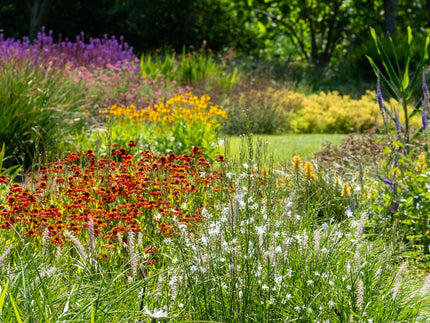
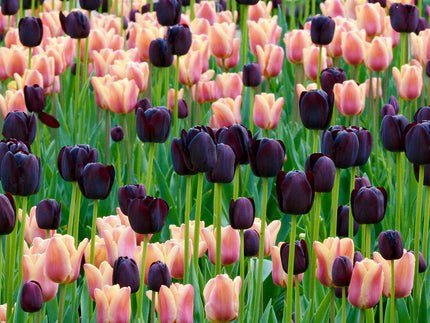
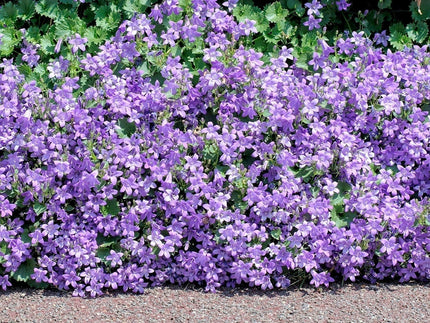
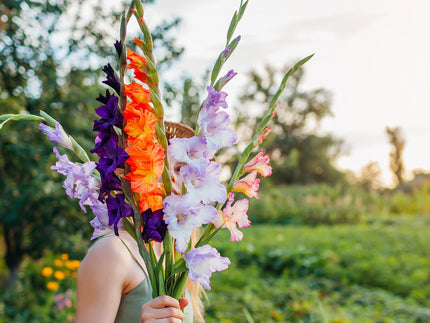
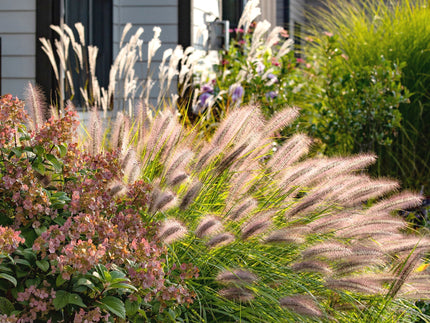
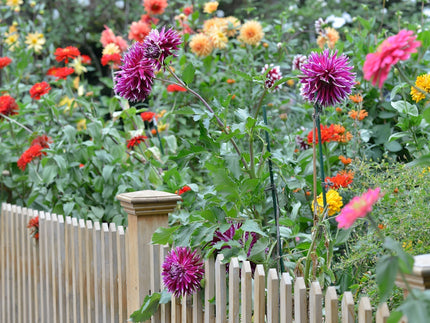
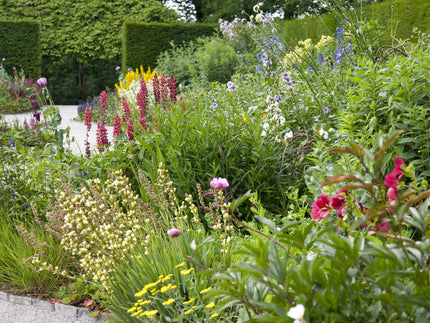
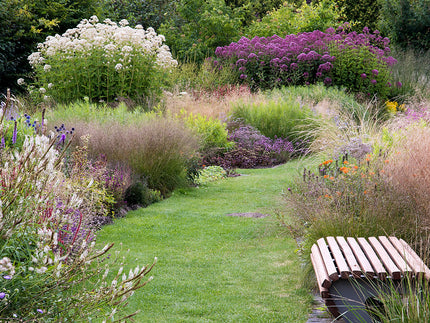
1 comment
Your detailed information REGARDING PLANT ATION OF BULBS OF OF DIFFERENT KIND S HELPED ME TO GREAT EXTENT IN THE FIELD OF DOMESTIC GARDENING.